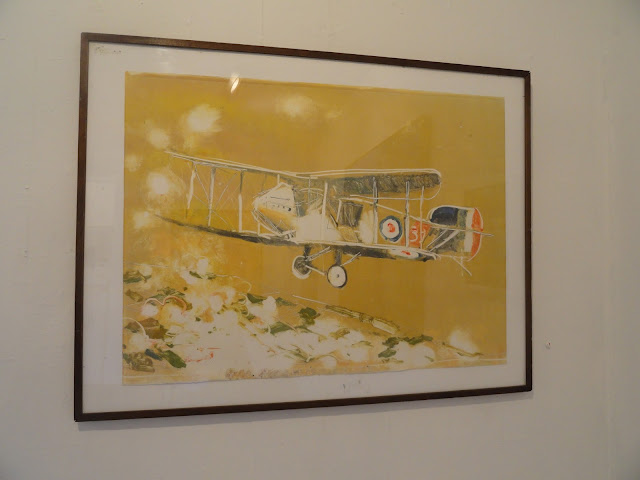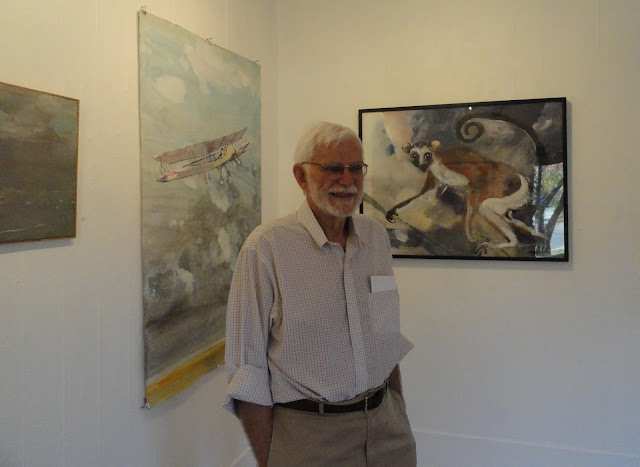In 1947 the 63 year old MAX BECKMANN arrived in the States - another immigrant from war-torn Europe. Three years later, at the height of his powers, he was dead, of a heart attack on the street as he was walking from his apartment on West 69th St to Central Park on his way to the Metropolitan to see his own painting there as part of a group show.
This wonderful exhibition at the Met, of 39 key pix, is a belated bow to one of the 20th century’s artistic giants.
It includes 14 oils created in his last 16 months while he lived in Manhattan, many iconic self-portraits along with 2 giant & great triptychs plus expressionist interiors, landscapes & nudes.
There are 2 personal connections. Anyone who know John Bellany's work will know about the huge impact Beckmann had on him as a young graduate.
And 1947-55 is a period fresh in my husband's mind and conversation. He worked with J B Neuman, Beckmann's dealer, and Morton D May, of St Louis, a key Beckmann collector & supporter, and knew well the St Regis/ Plaza Hotel of the period when commercial galleries were few & all located on 57th St between Madison & Park. Also Perry Rathbone, the enormously influential director of St Louis Museum was a friend.
My husband, Phillip A Bruno lived on East 57th at number 67 over the Borgenicht Gallery where he worked. Neumann's gallery was originally at 35 West 57th but by 1950 Neumann was acting as a private dealer.
And the famous Van Gogh show at the Met in October 1949 was a key event for both Beckmann & Phillip Bruno. (Bruno went on to know & visit the Van Gogh family at their home in Holland.)
Beckmann had a tough life; lived thro a traumatic First World War as medical orderly; rose to huge success in Germany by 1933 - just as Hitler & the Nazis came to power & changed the world. Beckman was sacked from his job, his pictures confiscated & labeled 'Degenerate art.'
Exile & poverty for a decade in Amsterdam followed. Many efforts to get a visa for the States were refused. Shortly after he arrived in the US, Abstract Expressionism became the rage in America & his complex, allegorical, narrative painting with its politically & morally charged figurative triptychs, did not appeal.
Beckmann painted throughout everything.
"The first impression of Beckmann was that he was different from his self-portraits, appearing unexpectedly blond, rugged in frame & even rather mild mannered in contrast to the severity with which he had presented himself in paintings. Later acquaintance proved, however, that some of the bluntness and intensity of his portraits was indeed a striking element in his character." (1950 interview)
His second wife Quappi, whom he adored, played a vital role in his life, always with him, even as he taught, translating for him. There was a 20 year gap, he 40 & she 20 when they met. After his death she was key to his archive.
A well-read intellectual, he nevertheless liked low life dives in the Bowery on the Lower East Side
- more about the show later ... + more pix

































































